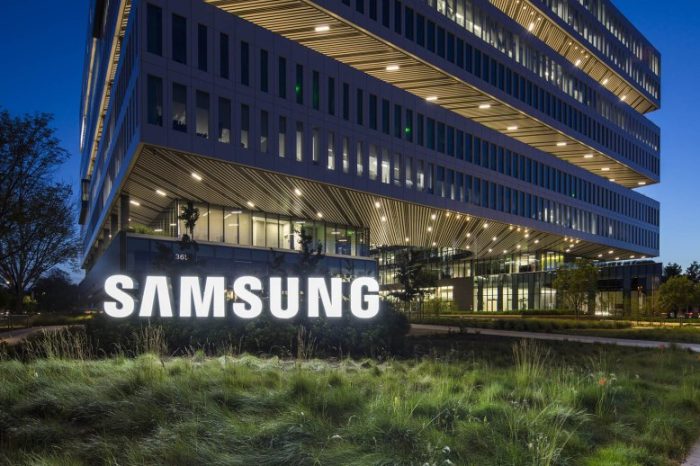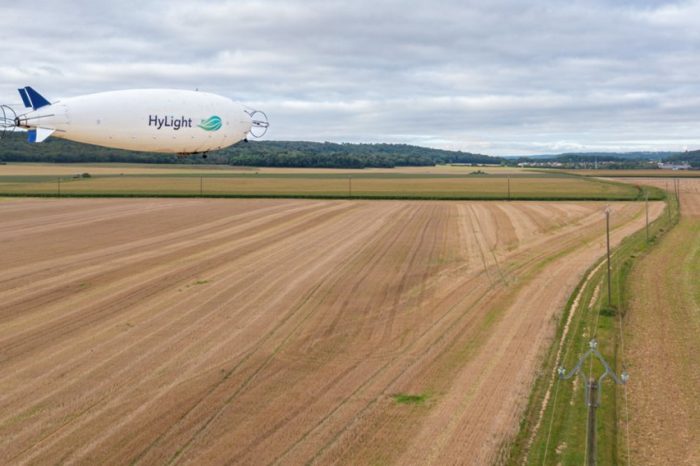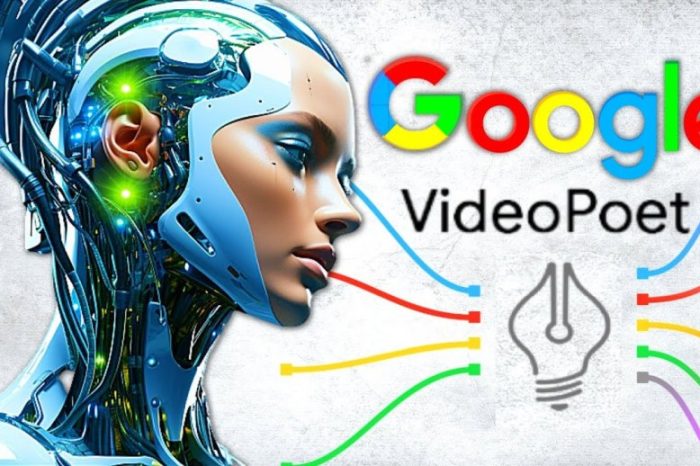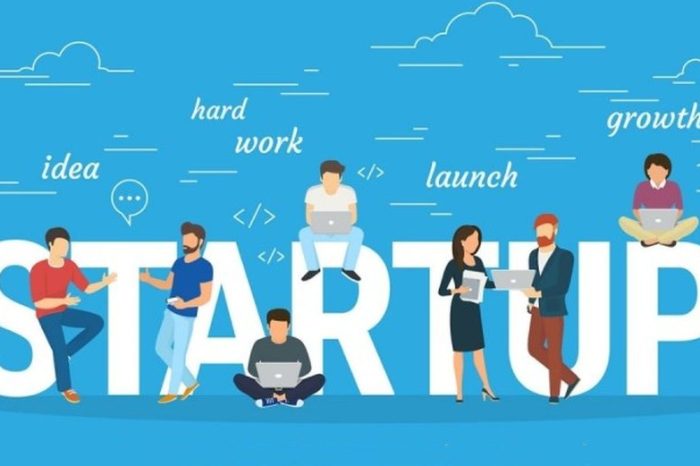A turning point in Science and our approach to the human body occurred in 1953 when Watson and Crick discovered the double helix structure of DNA. DNA consists of four base chemicals called nucleotides: adenine, guanine, cytosine and thymine that reside on the inner surface of two parallel sugar and phosphate rails. DNA holds all the information required to produce and maintain a living organism.
In 2003 the Human Genome Project was completed and the entire sequence of human genes was unraveled, mapped and stored in databases. In the past decade DNA microarray technology has made it possible to measure the expression levels of many thousands of genes simultaneously.
DNA microarrays are quite complex, but basically thousands of microscopic spots of DNA can be attached to a solid surface, usually glass or silicon. This gives rise to the name “gene chip”. A gene chip can be analyzed for coding structure. The coding structure can then be referenced against the knowledge that exists on the gene databases. The genes can also be referenced to a person’s own DNA to observe changes and differences over time.
A recent article in the Australian Journal of Clinical Hypnotherapy & Hypnosis made me aware of the existence of a branch of research entitled Psychosocial Genomics. Psychosocial Genomics is the study of how inner psychological events and interactive social events can stimulate gene expression. The process is thought to proceed from brain to body.
Until I read this article I had no idea that such research has ever taken place and I was immediately fascinated by it. I had been practicing Clinical Hypnotherapy since 1993, knowing that it achieved amazing results but not thoroughly understanding how these results were achieved. I had too much scientific training behind me to be caught up in the egoistic notion that it was just I who was responsible for the results. I knew instinctively that changes must take place in the clients’ neurotransmitters levels, but further than that, did not give it further thought.
Reading the article revealed to me that Ernest Rossi, a leading Psychotherapist and Clinical Psychologist had proposed a connection between gene expression, protein synthesis and hypnosis as far back as the mid-seventies.
Psychosocial Genomics, through the examination of gene expression seeks to understand the activity of the hypnotherapeutic process and provide some degree of measure. Gene expression enables an ongoing cascade of processes in the body including protein synthesis, and a swathe of biological processes. The biological processes include positive healing activities of the immune system (anti-inflammatory), beneficial alteration of mental and emotional states (hormonal, peptide and neurotransmitter balance) and the growth and development of new, neural and neuronal structures (nerve and brain plasticity).
If all of these processes were a result of psychosocial (mind/brain) processes activating the body this would provide evidence that corroborates what my instincts were telling me. Furthermore, evidence of these processes could convince even the most hardened sceptic of the validity of Hypnosis and Hypnotherapy.
In 2008 Ernest Rossi, Salvatore Iannotti, Mauro Cozzolino, Stefano Castiglione, Angela Cicatelli and Kathryn Rossi extended the use of DNA microarrays to a pilot study. The study assessed the hypothesis that a top-down creatively oriented positive human experience can modulate gene expression on the molecular level. It explored a new psychotherapeutic protocol comprising of hypnosis, psychotherapy, rehabilitation, meditation, and pastoral counseling. The name given to the protocol was “The Creative Psychosocial Genomic Healing Experience.”
This research was co-sponsored by the Ernest Lawrence Rossi Foundation for Psychosocial Genomics, The University of Salerno Department of Chemistry and Department of Education Sciences and The Instituto Mente-Corpo (The Mind-Body Institute) in San Lorenzo Maggiore, Italy. A DNA microarray data analysis of the white blood cells of three human subjects was performed immediately before, one hour after, and 24 hours after The Creative Psychosocial Genomic Healing Experience. Changes in the expression of 15 early response genes were documented within one hour of the experience. These apparently initiated a further cascade of 77 genes 24 hours later.
Although this was just a pilot study, it proved a principle. Further cross validation is now needed, with more subjects and a variety of diagnostic classifications. Further cross validation and documentation will test the validity and reliability of using DNA microarrays to provide evidence for this kind of healing. Nevertheless, this pilot study reinforces the efficacy and benefits of Hypnosis and Hypnotherapy.










